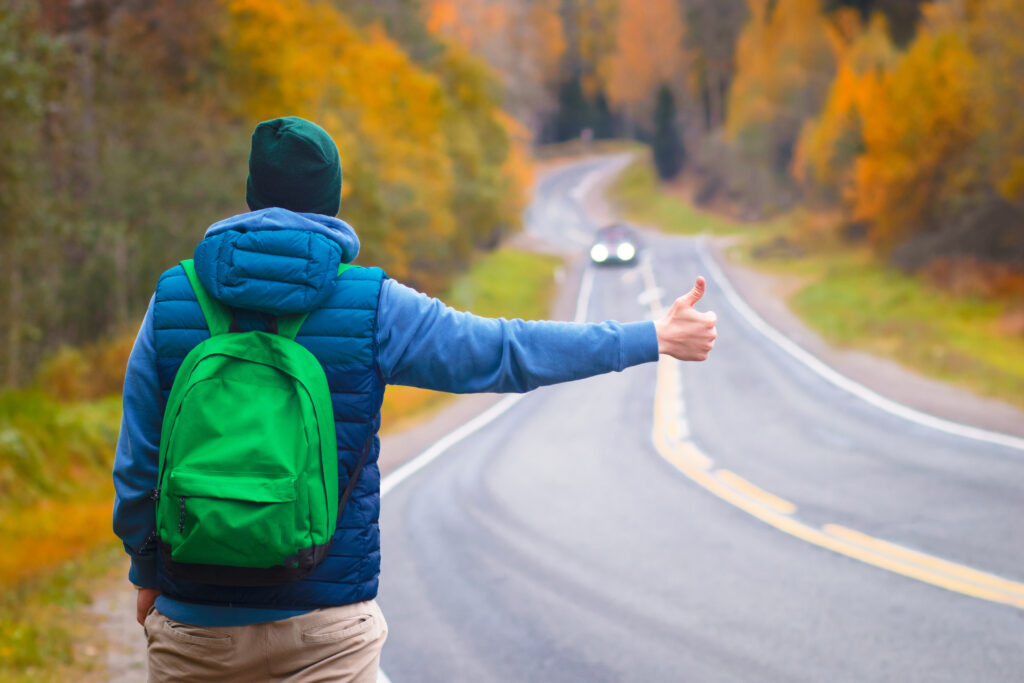
These tips for hitchhiking will not only give you the best chance of success, but alsoensure your safety. By following them, you'll be able to experience hitchhiking as it should be: an experience rich in encounters, offering sensations of absolute freedom, while traveling sustainably!
1. Check that hitchhiking is common in your destination

The first tip for making hitchhiking a successful experience is to check the regulations in force in your destination. Hitchhiking is not legal in all countries. Even if most countries allow it, there are exceptions, or rules governing the practice, such as bans on hitchhiking in certain areas. In France, hitchhiking is legal, provided you comply with the highway code. For example, hitchhikers are only allowed to stop in areas designated for pedestrians, such as sidewalks.
Aside from legislation, you'll also need to check whether or not hitchhiking is rooted in the local culture. In some countries, hitchhiking is not at all widespread, so you may have to wait a very long time to find a car - or even never find one at all!
2. Get equipped

Just because you're not the driver doesn't mean you have to show up with your hands in your pockets! So it's an absolutely crucial hitchhiking tip to equip yourself. You'll sometimes have to wait a long time, perhaps even several hours, before a car takes the bait. Prepare yourself accordingly, and pack a few essentials. Be careful, however, not to carry too much luggage, as it may put off drivers. If you have a large piece of luggage, it's advisable to keep it to a minimum, so as not to discourage drivers.
Equip yourself with :
- Several water bottles- there's nothing worse than standing on the side of the road in the sun without a drop of water!
- Food: there's no need to pack a full meal, but something to boost your energy if the wait is too long, like cereal bars or fruit.
- Sunscreen and hat to prevent sunstroke, in case there's no shade.
- Portable battery to charge your phone.
3. Pack a box, or not!

When it comes to the famous little sign indicating your destination, there are two schools of thought: those who use it, and those who do without. It all depends on you and your flexibility. If you absolutely want a destination, such as a specific city, it's best to equip yourself with a sign. If, on the other hand, your main concern is to be taken in the right direction, without worrying too much about the precise stop, you can do without one. Indeed, if you have a sign and the driver doesn't pass precisely at that point, he'll tend to pass on by. So, depending on the situation, it may be more strategic to do without a sign. The best thing to do is to prepare one, and try it with and without, to see what works best.
4. Always have a plan B
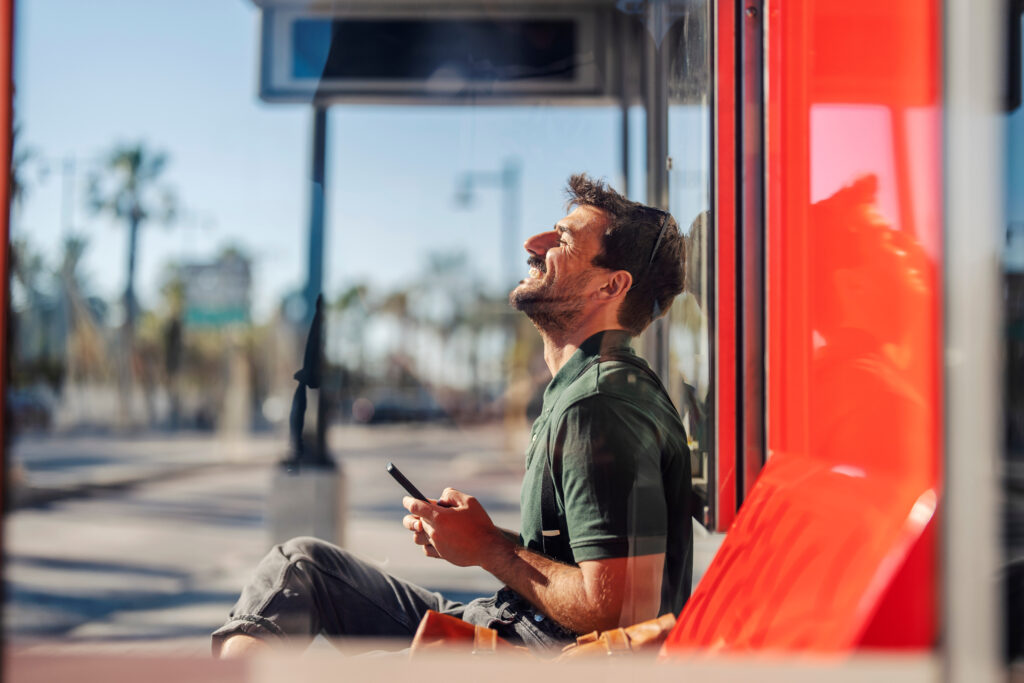
A good tip for hitchhiking is to always be prepared for the eventuality of not finding anyone. In most cases, this plan B will be useless, as you'll find a car, but it's reassuring to know that you have other options, should you not find a taker.
Just as you'd set yourself a maximum budget when bidding at auctions or playing at the casino, set yourself a maximum time limit. If you haven't found a car by a certain time, you'll fall back on your plan B. That way, you won't have to wait if it's doomed to failure. As for your plan B, check out the stations, bus routes and other transport options in the area, ideally opting for low-carbon transport.
5. Position yourself correctly

This is by far the most important hitchhiking tip. When it comes to hitchhiking, there are several golden rules for positioning yourself correctly:
- Be visible from a distance: the motorist will need a few seconds to make up his mind. So if he doesn't notice you until the last moment, you won't stand a chance!
- Position yourself where motorists can stop easily: remember to ensure that motorists can stop without disrupting traffic. This could be near a bus stop, at a gas station, at a red light, near a traffic circle, or at a rest area, for example.
- Choose a place where cars aren't going too fast: once again, the driver will need a little time to make his decision, and won't stop if he's in the middle of a rush. Choose places where they slow down.
- Choose the right direction: make sure you're on the side of the road that leads to your destination. It may seem logical, but mistakes do happen!
- Opt for a road without too many junctions, ideally a straight line: if the road you've chosen then has lots of junctions, the motorist won't know if he's really going in your direction, and won't stop. A straight line not only ensures that the driver is going in your direction, but also that he can see you from a distance.
6. Be flexible
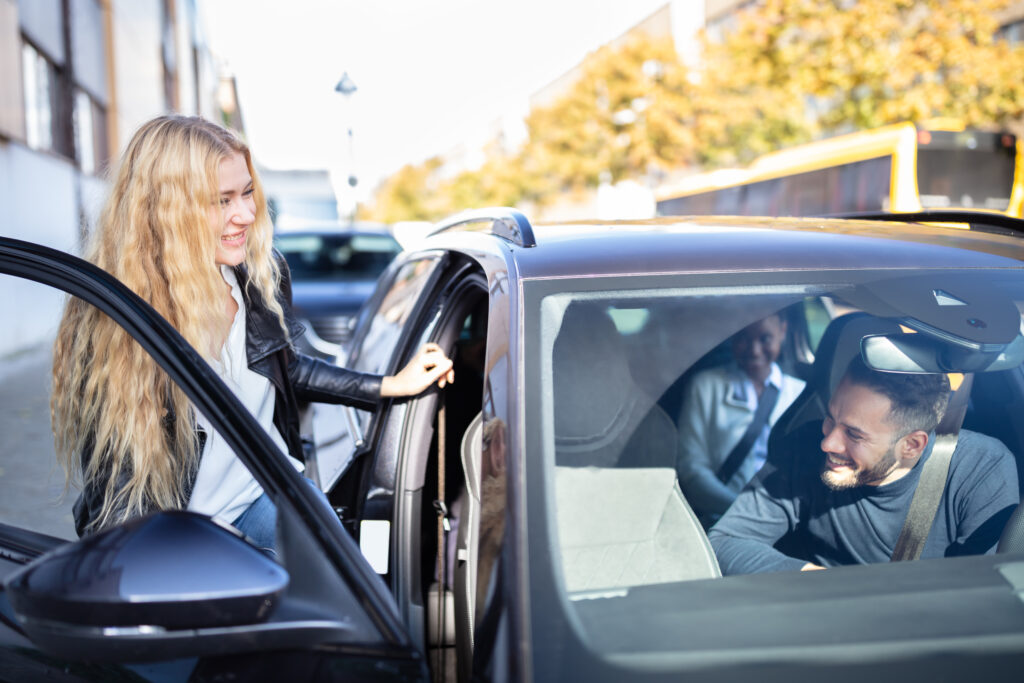
For a successful hitchhiking experience, it's essential to be flexible. You don't need to have any time constraints, and you even need to be open-minded about your destination. Ideally, you shouldn't be tied down to a specific destination, but rather to a direction, and you should be open to being taken a little further without being taken all the way. That way, you're much more likely to find a driver willing to take you!
7. Keep smiling and presentable
When deciding whether or not to trust you, the driver will quickly form an opinion about you. Make sure you're smiling and presentable, to give him a good impression. This hitchhiking tip will put the odds in your favor!
8. Trust your instincts
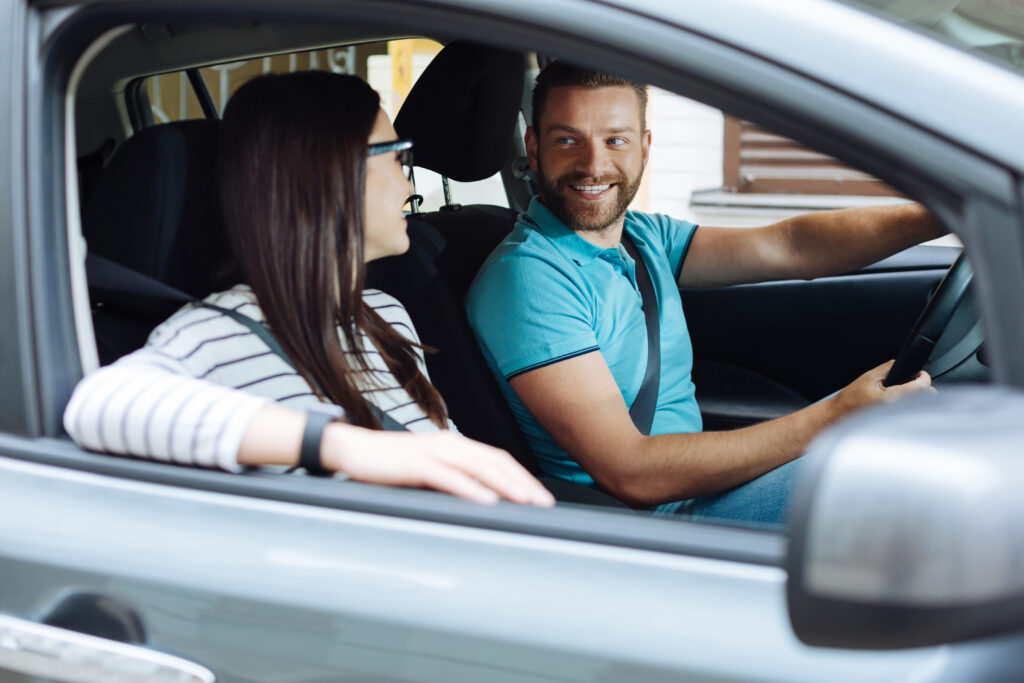
Bear in mind that you have every right to refuse to get into a car. If you need to make a good impression on the driver, that goes for the other way around too. Don't get into a stranger's car if you don't feel like it, even if you're afraid you'll have to wait a long time for another car. Your safety comes first.
You can also ask to stop if your driver doesn't inspire confidence when you're already in his car. Don't hesitate to say you've forgotten something at your previous stop, and have to get out of the car to go back.
9. Keep in touch with your loved ones
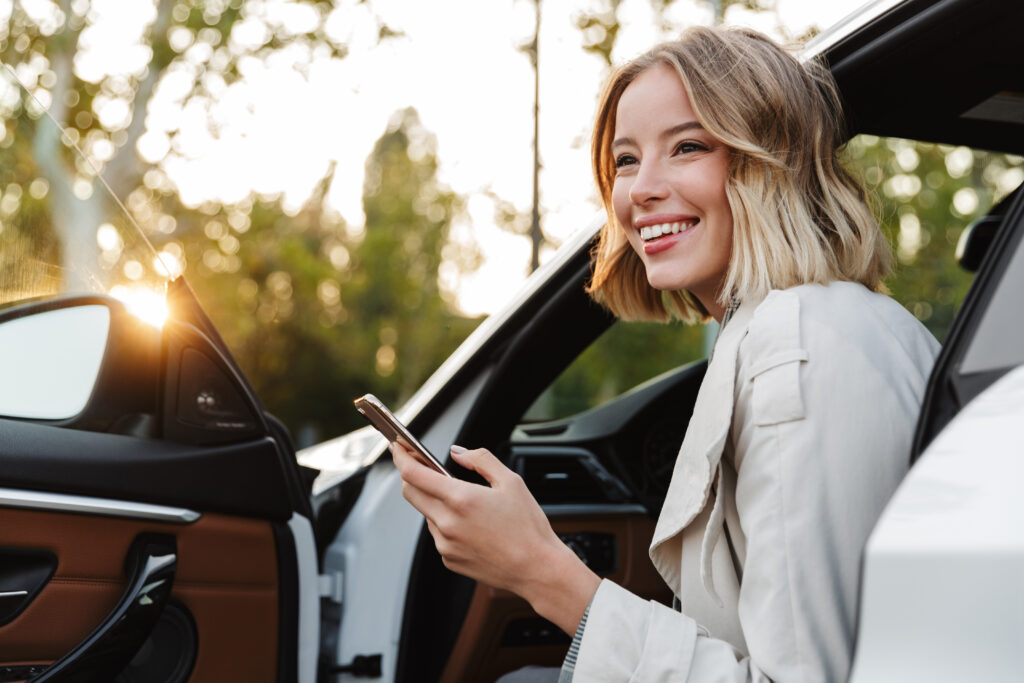
To ensure your safety, a good hitchhiking tip is to keep in touch with your loved ones at all times. Let them know where you'll be hitchhiking, which car you'll be getting into, and maybe take a discreet photo of the license plate before you get in. Don't be paranoid either, but this measure may help to reassure you.
10. Keep your bag with you

Keep your bag at your feet or on your lap in the car, rather than in the trunk. In the event of a problem, you can be sure that you'll be able to retrieve your bag when you get out of the car, and that the driver won't leave with it. If you have too much luggage to fit in the trunk, consider also taking a small backpack that you can keep at your feet, to slip in your valuables: identity papers, wallet, computer... Once again, don' t worry too much, and keep in mind that hitchhiking is a friendly, inexpensive way of getting around, which also allows you to reduce yourcarbon footprint!


